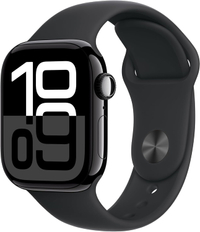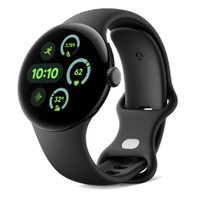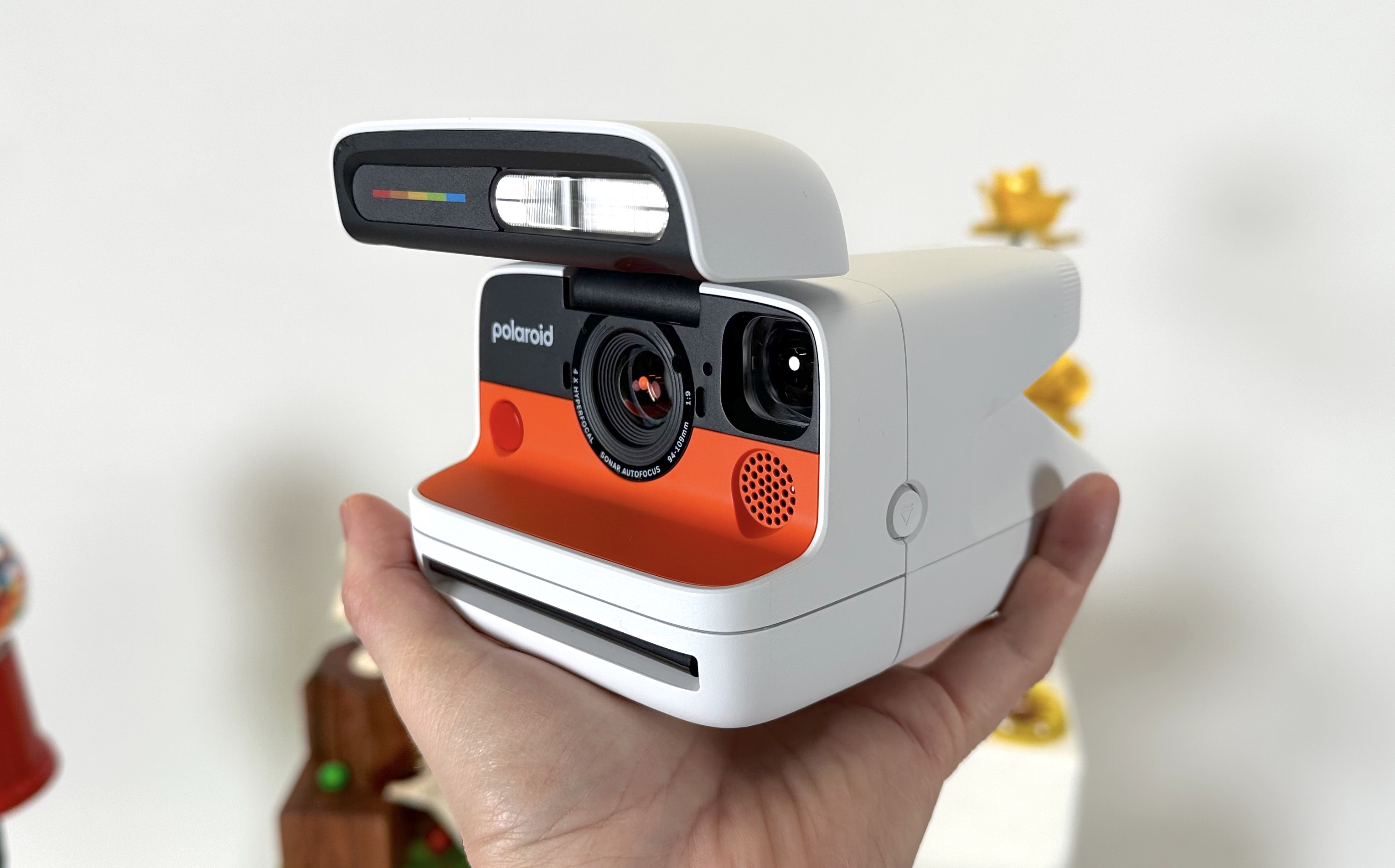I walked 9,000 steps with the Apple Watch 10 vs. Pixel Watch 3 — 5 things that surprised me
Does Apple or Google make the better tracker
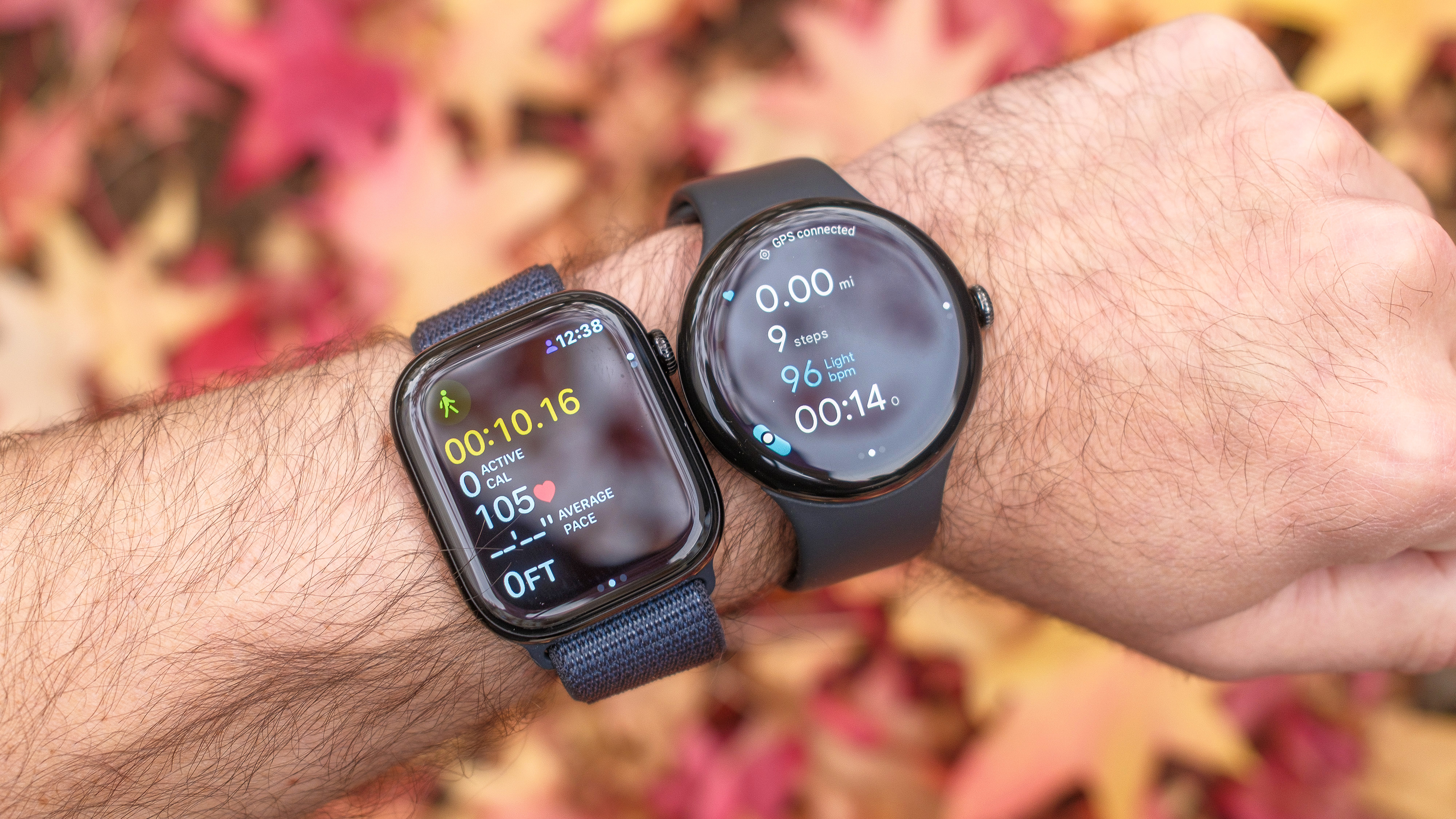
The Apple Watch Series 10 and Google Pixel Watch 3 are the best smartwatch models for iPhone and Android users, respectively. Debuting just a month apart, each device offers an impressive array of wellness tech, smart features and design enhancements over its predecessor.
The Apple Watch 10 delivers a thinner case and a brighter screen, with improved viewing angles compared to the Series 9. The Pixel Watch 3 also offers display upgrades over its predecessor by way of a brighter, more responsive screen paired with a thinner bezel.
The Pixel Watch 3 additionally boasts Google's most accurate heart rate sensor and a promising new Lose of Pulse Detection feature (that's still awaiting approval in the U.S.). On the wellness front, the Apple Watch 10 gains sleep apnea detection — here's how to turn it on — and the latest watchOS 11 software also adds a new Vitals app for keeping track of pertinent health data.
When it comes to workout tracking, both smartwatches offer similarly impressive sets of sensors and tools to keep tabs on key metrics like distance, cadence, heart rate, elevation gain and pace.
But, is one better for tracking outdoor exercises, like walks, hikes, runs, jogs and bike rides, better than the other? I wanted to find out.
Apple Watch Series 10
The Apple Watch 10 is a welcome refinement over its predecessor thanks to a thinner, lighter and comfier-wearing case, an easier-to-read display and faster charging. Battery life is still rated for just 18 hours but the Apple Watch 10 can last for closer to 36 with low-power mode engaged. Additionally, a familiar UI and loads of holistic tools make this Apple's best wearable to date.
Google Pixel Watch 3
The Google Pixel Watch 3 in the larger 45mm case size is one of the longest-lasting Android smartwatches with battery life that's good for two full days. It also boasts an upgraded screen and new, advanced training tools for runners. Plus, the Pixel Watch 3 features a slimmer bezel than its predecessor and tons of wellness, fitness and sleep insights.
On a sunny Tuesday afternoon, I charged up the Pixel Watch 3 and Apple Watch 10 and strapped them on my wrist for a leisurely 5-mile walk around Seattle, Washington. With the autumn leaves presenting a spectacular array of colors, the sky clear-blue and the temperature a balmy 65 degrees Fahrenheit, the vibes were nothing short of on-point.
The Apple Watch 10 adorned my left wrist while I wore the Pixel Watch 3 on my right. As a control, I also tracked my walk using the Strava app on my phone. And, for another data point, I used the measure distance tool in Google Maps post-walk, measuring my exact route, to the best of my abilities.
Sign up to get the BEST of Tom's Guide direct to your inbox.
Get instant access to breaking news, the hottest reviews, great deals and helpful tips.
After roughly 90 minutes, a little over 5 miles traveled and 550 feet of elevation climbed, I returned home and compared my results, which you can view in the chart below.
Apple Watch 10 vs. Pixel Watch 3: walk test results
| Header Cell - Column 0 | Apple Watch 10 | Pixel Watch 3 | Strava | Google Maps (distance tool) |
|---|---|---|---|---|
| Distance | 5.23 miles | 5.37 miles | 5.58 miles | 5.13 miles |
| Steps | 9,352 steps | 9,588 steps | 9,424 steps | n/a |
| Elevation gain | 559 feet | 588 feet | 558 feet | n/a |
| Average pace | 17:42 per mile | 17:01 per mile | 14:48 per mile | n/a |
| Calories | 622 active, 774 total | 859 calories | n/a | n/a |
| Average heart rate | 133 bpm | 129 bpm | n/a | n/a |
| Max heart rate | 172 bpm | 167 bpm | n/a | n/a |
Apple Watch 10 vs. Pixel Watch 3: 5 things that surprised me
This being my first time testing the Apple Watch 10 vs. Pixel Watch 3 at the same time, several things stood out to me when using both side-by-side, beyond how their metrics matched up.
Here are the five biggest things I learned from my walk test.
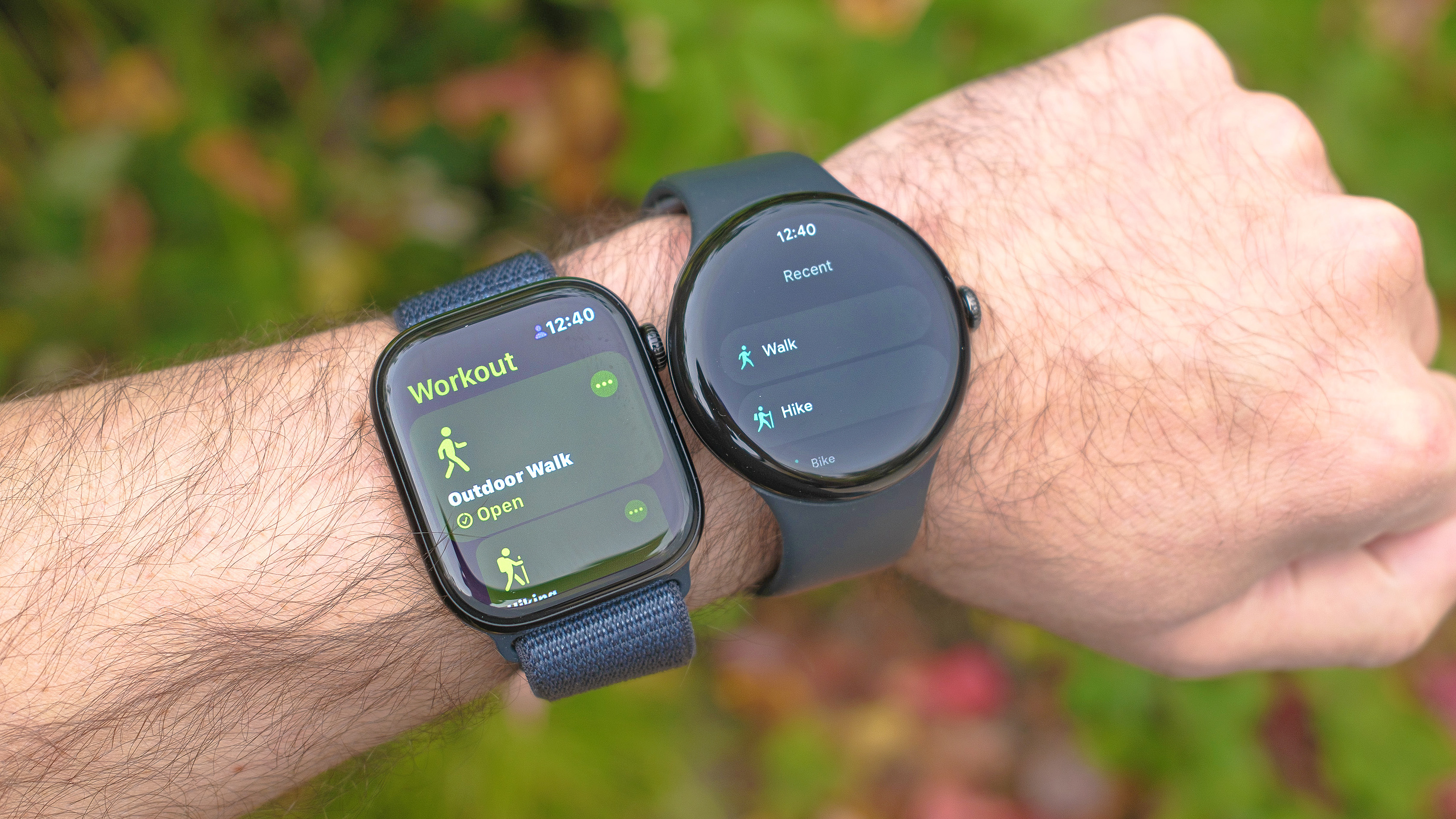
1. The Pixel Watch logged a further and faster walk
The Pixel Watch 3 logged 0.14 additional miles of distance covered compared to the Apple Watch 10, which is pretty small potatoes. Which is more correct? It's impossible to say.
But, if you average the total from my two controls, Strava (5.58 miles) and the Google measure distance tool (5.13 miles), you get a total distance of 5.36 miles, which is one one-hundredth of a mile off from Google's total. Not too shabby, Pixel Watch.
The Google device also noted a slightly faster pace than the Apple Watch: 17 mins and 1 sec per mile vs. 17 mins and 42 secs per mile. Given the further distance logged by Google, this isn't too surprising. What is surprising is that those paces are significantly slower than Strava's 14-minute and 48-second-per-mile tally. What gives?
I suspect this difference is likely because Strava automatically stops and starts recording when you physically stop and start moving. For instance, if I pause for 30 seconds waiting for the crosswalk light to change, Strava won't factor that non-moving 30 seconds into my pace, while it seems both Apple and Google do.
That said, when I stopped for a 5-minute break to enjoy some sunshine near the halfway point in my route, both the Apple Watch and Pixel Watch presented me with a message after a few stationary minutes asking if I was done with my workout. Both times I tapped Ignore and kept tracking.
2. Step count totals were notably similar
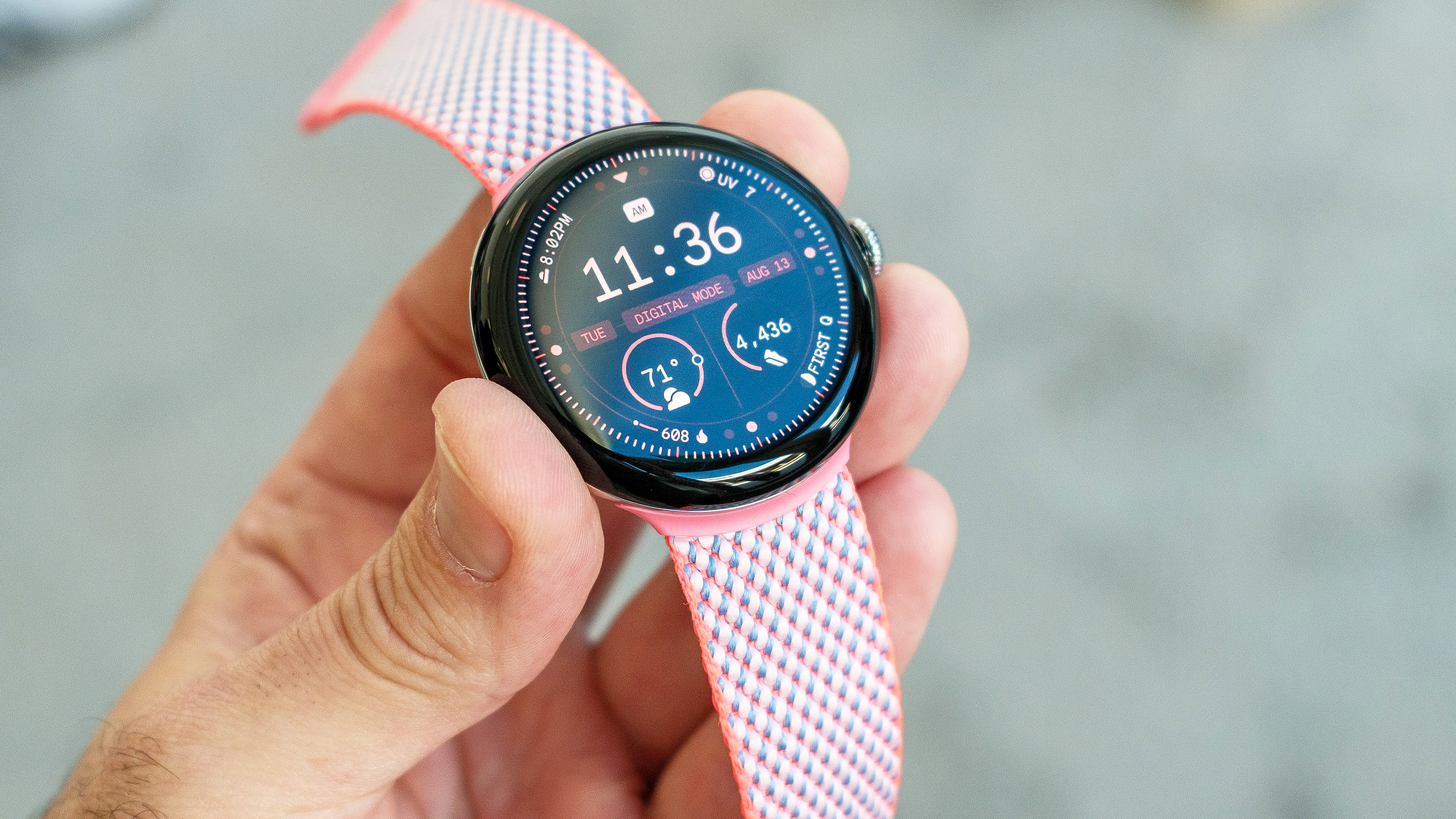
I was pleasantly surprised to see that both smartwatches recorded similar total step counts for my walk, with less than 250 steps separating their tallies. Also impressive; the Apple Watch 10 is within 72 steps of Strava's total, while the Pixel Watch is within 164 steps of Strava.
All-in-all, these are the results I like to see and a reminder that the best smartwatch models hold that title for a reason: they do what they promise and they do it well.
3. The Pixel Watch logged 30 more feet of elevation
The post-walk metric that threw me off the most is the extra 29 feet of elevation gain measured by the Pixel Watch 3. Meanwhile, the Apple Watch 10 and the Strava app both noted total climbs that were within just one foot of one another, suggesting that the Google device likely over-calculated.
Does this mean that the Google Watch is always going to add an extra 5 or 6 feet of elevation for every 100 feet climbed? Hopefully not. But, more head-to-head testing is needed to confirm. Either way, for folks like me who put a lot of emphasis on elevation stats, particularly when hiking or skiing in the mountains, I want to be sure my smartwatch is giving me the most precise readings possible.
4. The Apple Watch recorded a higher heart rate
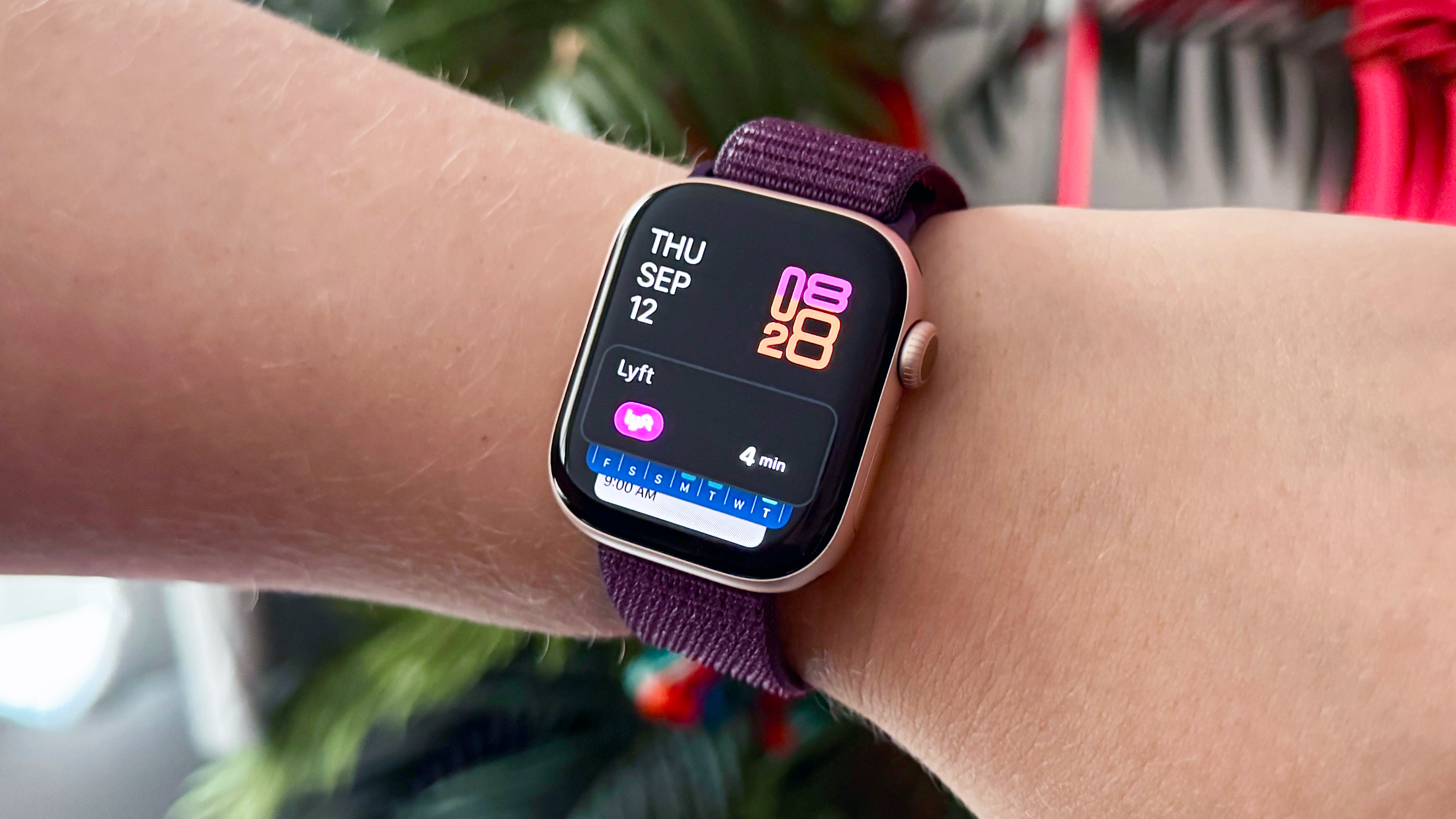
The Apple Watch recorded slightly higher heart rate data than the Google Watch. This one could potentially be chalked up to the fact I wore the devices on opposite wrists, or that the Pixel Watch 3's rubber strap was worn looser than the Apple Watch 10's cloth sports loop because the former is less comfortable when secured tightly.
Either way, the Apple Watch 10 recorded my average heart rate as 4 bpm faster than Google's, and my maximum heart rate for the walk at 5 bpm quicker. While it's again difficult to say which is more accurate, these heart rate metrics in general line up with what I've come to expect.
For vigorous walks, my average heart rate is often right around the 130 bpm mark, as it was during my recent Samsung Galaxy Watch 7 vs. Apple Watch SE walk test. Maximum heart rate, on the other hand, can vary greatly depending on the day or route.
For this walk, I pushed myself toward the end, particularly during my final uphill climb, and the respective heart rate maxes from each watch reflect that. Both 172 and 167 bpm fall within my maximum heart rate zone.
5. The Pixel Watch used less battery; the Apple Watch was comfier
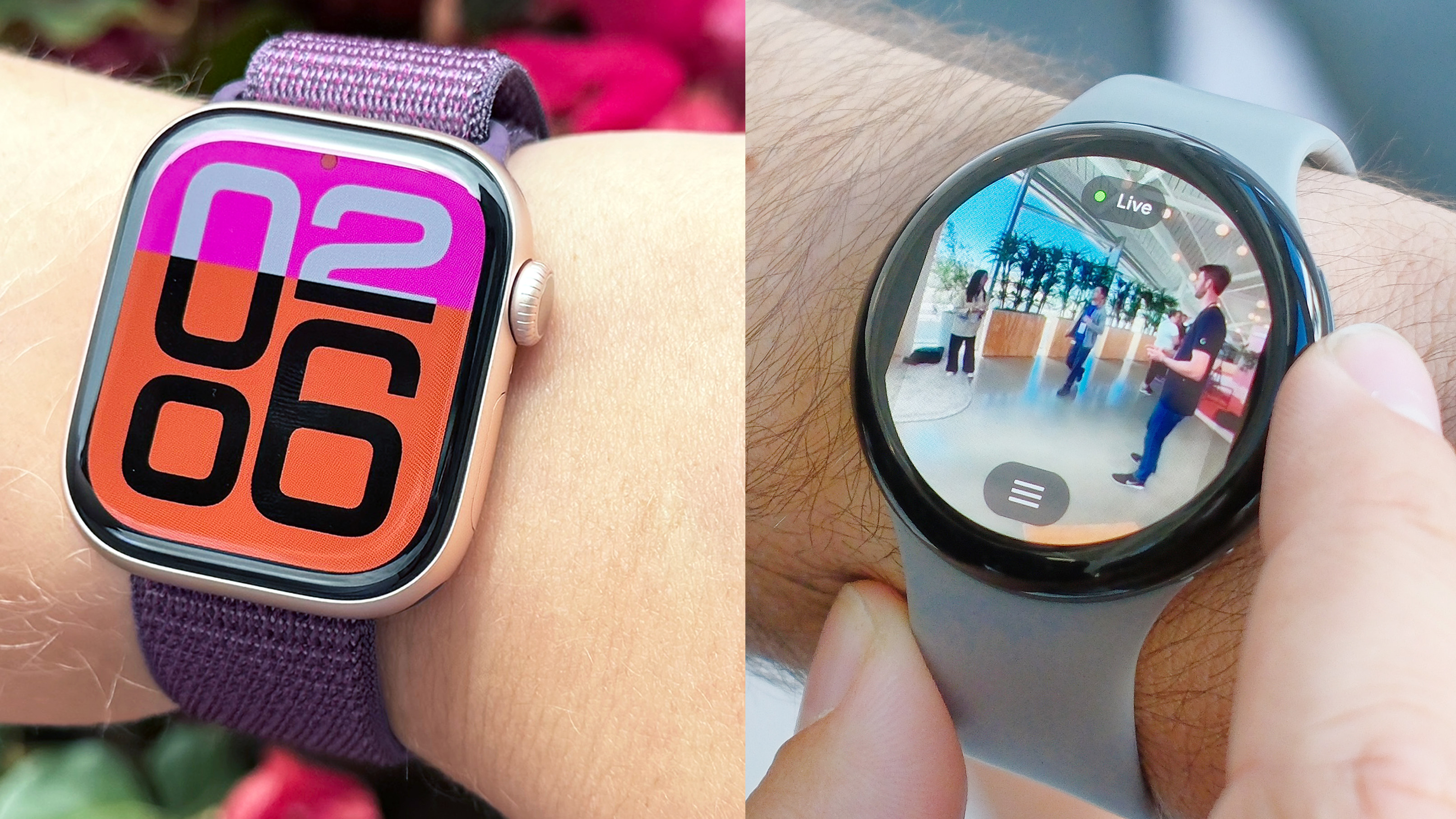
I left the house with both devices at 100% battery. When I returned roughly 90 minutes later, the Pixel Watch 3 (in 45mm) was sitting pretty at 87% while the Apple Watch Series 10 was a little more depleted at 77%.
Given this rate of battery exhaustion, the Apple Watch 10 should be able to GPS track a hike for between 6 and 7 hours before dying while the Pixel Watch 3 XL should last for closer to 11 or 12 hours. That's a pretty notable difference.
On the flip side, the Apple Watch felt comfier on my wrist for the duration of my walk test. This is partly because the Apple Watch is thinner than the Pixel Watch, which also makes it less likely to get snagged on a jacket cuff. However, both devices weigh roughly the same amount.
The other factor that set the Apple Watch 10 apart wearability-wise is the far softer and stretchier sports loop that came with it. Compared to the traditional rubber strap on the Pixel Watch 3, the Apple loop doesn't catch on my hair or feel gross/sticky when I start sweating.
Of course, the Pixel Watch 3 offers a range of bands, and the Apple Watch 10 also ships with a similarly unpleasant-to-workout-in rubber strap. In either case, if you plan to workout with your new smartwatch, give some consideration to the strap you'll be wearing.
Ultimately, both the Apple Watch Series 10 and Pixel Watch 3 are competent smartwatch models for keeping tabs on outdoor exercises of all types. And though I split some hairs here, the results from my test largely line up nicely. So, whether you spring for the best Apple Watch or the best smartwatch for Android, you can look forward to precise fitness and health tracking with plenty of insights to help you train.
More from Tom's Guide

Dan Bracaglia is the Tom’s Guide editorial lead for all things smartwatches, fitness trackers and outdoor gear. With 15 years of experience as a consumer technology journalist testing everything from Oura Rings to instant cameras, Dan is deeply passionate about helping readers save money and make informed purchasing decisions. In the past year alone, Dan has assessed major product releases from the likes of Apple, Garmin, Google, Samsung, Polar and many others.
An avid outdoor adventurer, Dan is based in the U.S. Pacific Northwest where he takes advantage of the beautiful surroundings every chance he gets. A lover of kayaking, hiking, swimming, biking, snowboarding and exploring, he also makes every effort to combine his day job with his passions. When not assessing the sleep tracking and heart rate accuracy of the latest tach gadgets, you can find him photographing Seattle’s vibrant underground music community.
-
evonkilljoy This is a terrible review. You're measuring distance, but you did not use a control. You say it's impossible to know how far you walked or which distance was correct. It is not impossible if you would just walk around a track with a known distance. If you're going to write an article about a fitness watch I would imagine you would have been better prepared. In addition, you state that the Apple watch is more comfortable because of the band it came with. However, you can choose which band comes with the watch. The cloth type band is not standard. You select it so the Apple watch is not naturally more comfortable. You can also select a Google watch with a cloth type band.Reply
